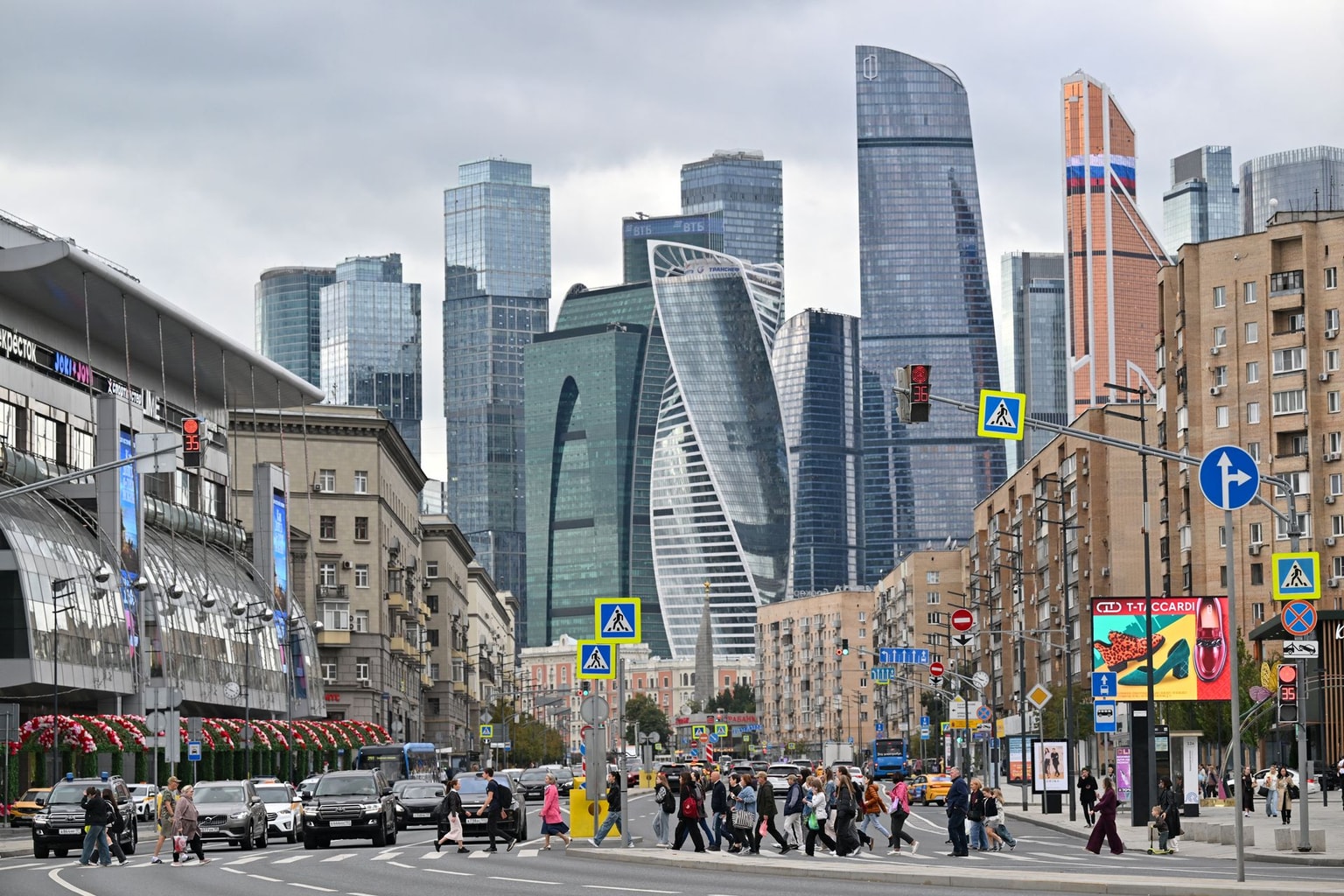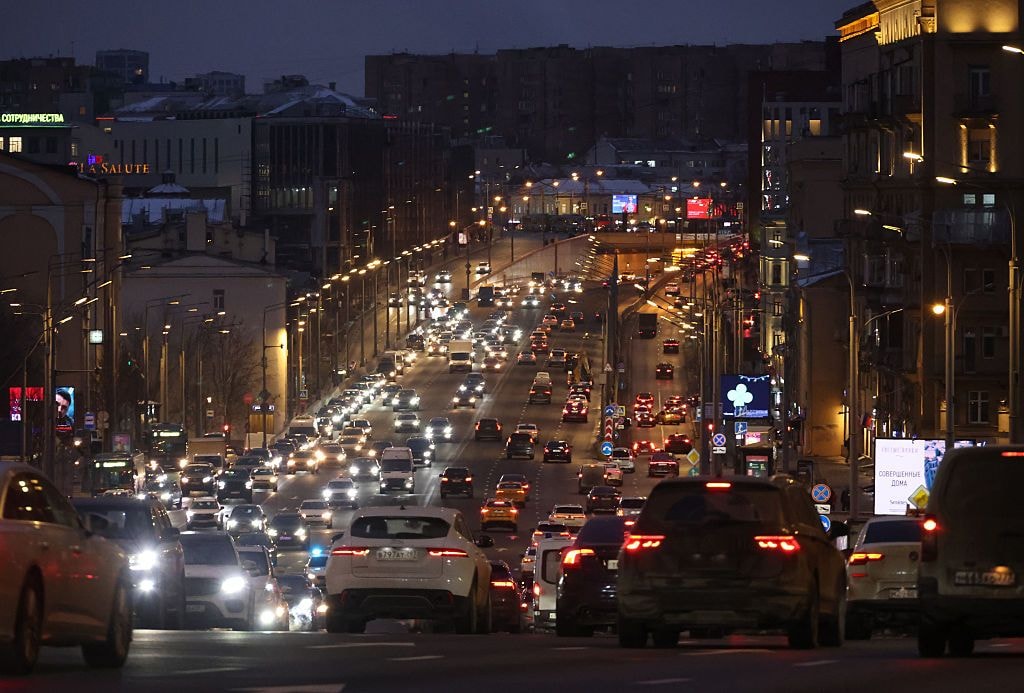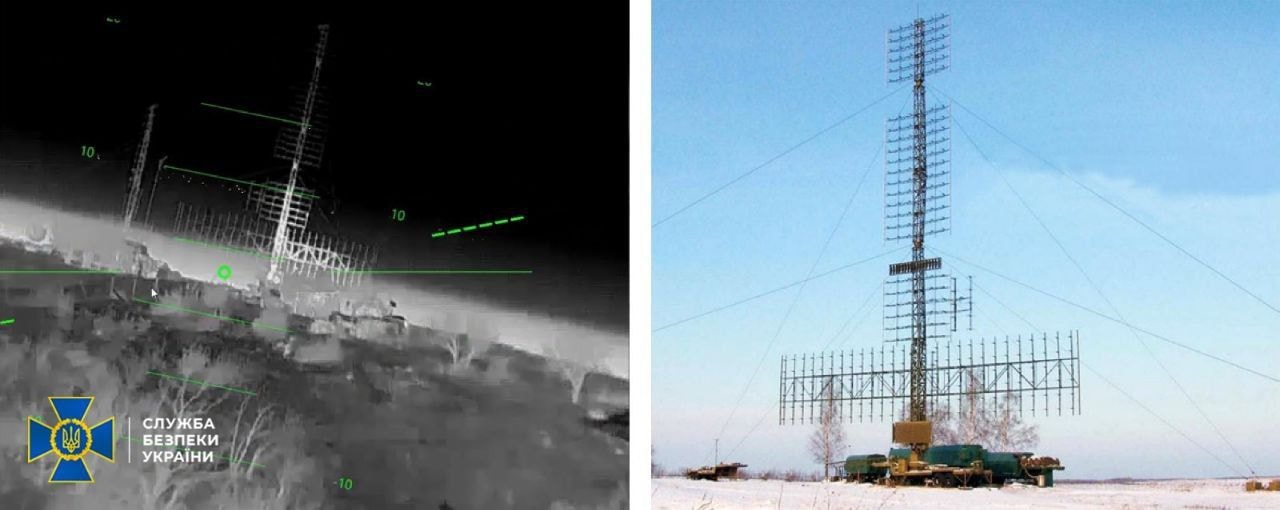Lukashenko resumes use of migrants to 'exert political pressure' on Europe, Ukraine's intelligence says

Belarusian President Alexander Lukashenko is again using his country's territory to funnel illegal migrants from Africa, the Middle East, and Afghanistan toward the European Union, Ukraine's Foreign Intelligence Service said on July 26.
According to the agency, Lukashenko is facilitating transit primarily to Poland, with some migrants arriving from Libya directly or through Russia — pointing to coordinated efforts between Minsk and Moscow.
This mirrors tactics used in 2021, when Belarus orchestrated mass migrant crossings into EU states in what Brussels condemned as a form of hybrid warfare. The effort was widely seen as an attempt to blackmail the bloc into easing sanctions on Lukashenko's regime.
"This blackmail did not work," Ukraine's intelligence service said, noting that the response instead intensified Belarus' diplomatic isolation.
While Lukashenko reportedly profits from the migrant flows, he has so far avoided full-scale escalation, likely in an effort to preserve his few remaining political ties in Europe.
Hungary, which has taken a hard line against illegal migration, has remained one of the few EU states maintaining dialogue with Minsk.
"Lukashenko, despite his reputation as a satellite of Russia's dictator Vladimir Putin, retains autonomy in matters of tactics — and once again demonstrates a willingness to use it to exert political pressure on the West," the agency said.
Poland, one of the EU's front-line states, has long accused Belarus and Russia of waging a hybrid war by deliberately directing migrants toward its borders.
Warsaw reported stopping 26,000 illegal crossing attempts in 2024 alone. One soldier was killed and 63 others injured in related border clashes.
Polish officials have pointed to a growing number of migrants carrying Russian visas, linking the wave directly to the Kremlin's broader confrontation with the West.
Lukashenko has ruled Belarus since 1994 and remains a key ally of the Kremlin. His regime has allowed Russian troops and equipment to use Belarusian territory to attack Ukraine at the beginning of the full-scale invasion in February 2022.










